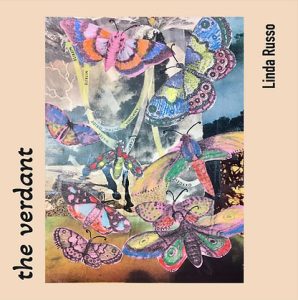Colorado Review – Summer 2011
Volume 38 Number 2
Summer 2011
Triannual
Mark Danowsky
Two pieces shine brightest in the Summer 2011 issue of the Colorado Review—Diana Wagman’s nonfiction piece “Mess” and James O’Brien’s fiction piece “The Bones Inside Your Skin.”
Two pieces shine brightest in the Summer 2011 issue of the Colorado Review—Diana Wagman’s nonfiction piece “Mess” and James O’Brien’s fiction piece “The Bones Inside Your Skin.”
Here’s why: Wagman’s account of siblings from the perspective of a younger sister is a tribute to the power of familial bonds, and reminds us of the importance of unbreakable support systems. Of bridges that can never be burned. The story begins: “Everything is shiny at my sister’s new house. Everything is clean and perfect. Except me.” Later: “She loves me no matter what. I have a bad haircut and I’ve chewed my fingernails off and she doesn’t care. She thinks I’m talented.” This matter-of-fact style is an effective device and results in our understanding that the narrator of “Mess” is authentic in her statements. Although you might imagine a story like “Mess” to be a downer, Wagman’s light touch makes for a rather uplifting read.
By contrast, O’Brien’s “The Bones Inside Your Skin” is more challenging to approach as the couple in the story struggles with similar difficulties to those faced by many families in the ongoing economic recession. Day after day, the characters face a bland, unfulfilled existence as we wait for them to bring about a change in their lives. It is often said that a good story leaves you wanting more without giving too much away. O’Brien’s story ends with the promise of possibility, a feeling familiar to many of us surrounding the Obama campaign as Yes We Can gave way to Yes We Did. Even though many now feel that the energy and faith we used to bolster our President has not yet panned out quite as we had hoped, “The Bones Inside Your Skin” reminds us that a person’s outlook is half the battle. Perhaps O’Brien is suggesting that good things will only come to those who remain optimistic, even though our dreams for a better tomorrow are dashed time and again.
The poetry in this issue is, for the most part, experimental. Some make use of the space of a page for visual effect, like Nicholas Gulig’s “Ommatidium,” Michael McLane’s “A Sequence of Trees,” and Stephanie Schlaifer’s “The Tiles are Pink The Tiles are Black.” Other poems are condensed, such as three by Sherman Alexie, which include “Love Story, with Compulsion.” And then there is a piece like Susanna Childress’s “The Hyssop Tub,” which is something of an amalgamation of styles and ideas, a paradigm of experimentation.
Steven Schwartz, the Colorado Review‘s new Fiction Editor, was interviewed by Associate Editor Lauren Gullion, and the content is available online in the Editors’ Blog. The interview was posted in September after the publication of the Summer 2011 issue and reveals that Schwartz has had a lifetime fascination with the world of literary magazines and is open to any “organic and fresh” fiction. When asked about his idea of a “good” story, Schwartz says:
There’s something that happens when a story keeps reverberating out in circles […] You think about it the next day when you wake up […] As a writer, you want to re-create the same effects in your own projects. It has a staying power, perhaps because the story evokes archetypal issues that make it operate on emotional, psychological, and aesthetic levels all together and sometimes historic and mythic ones too. All this without the subtext screaming: I’m important, read me!
The Colorado Review has published notable authors over the years and remains highly reputed, in part for this continued commitment to “good story.”
[coloradoreview.colostate.edu/]




